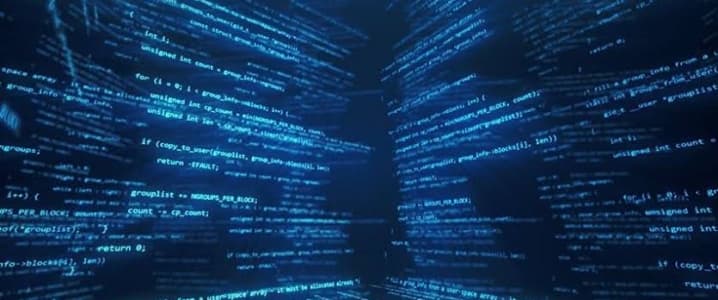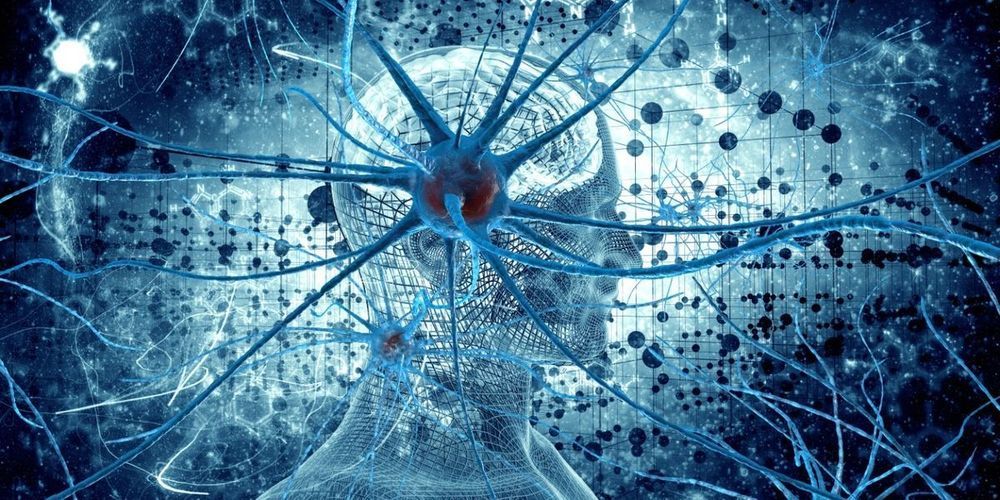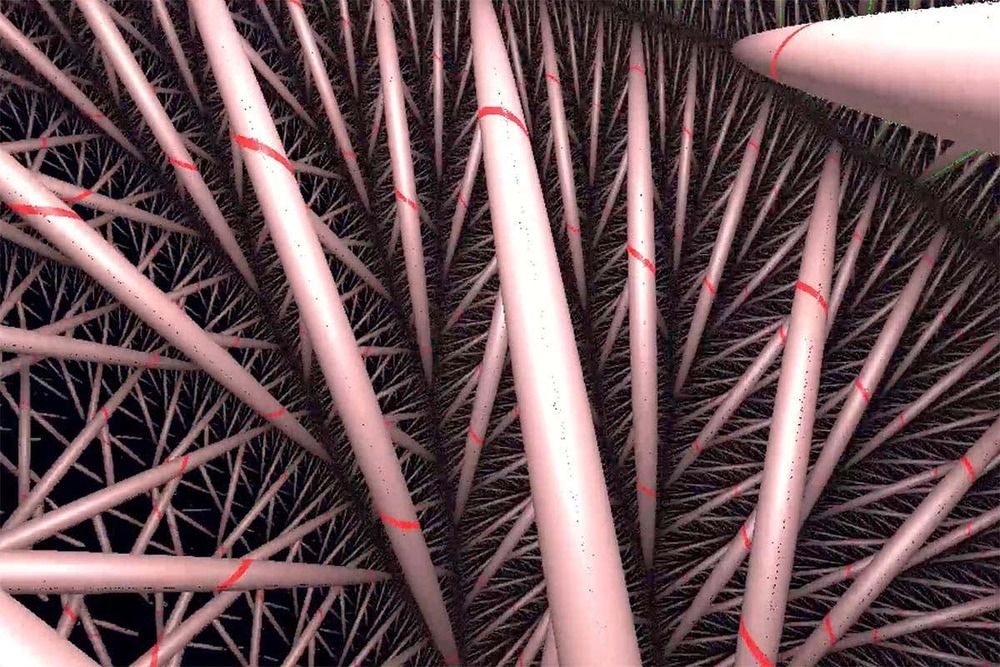Jan 10, 2020
Cyber Threats To North American Power Grid Are Growing
Posted by Quinn Sena in category: cybercrime/malcode
Threats of cyber attacks on North America’s electric network systems are growing, industrial cybersecurity firm Dragos said in a new report this week.
This year, the firm has identified two groups, Magnallium and Xenotime, which are increasingly probing to compromise electric assets in North America, expanding their targeting from the oil and gas sector to include electric assets.
“This underscores the trend in threats expanding from single-vertical ICS operations to multi-vertical ICS operations we observe from adversaries targeting industrial entities,” Dragos said in its report.


















